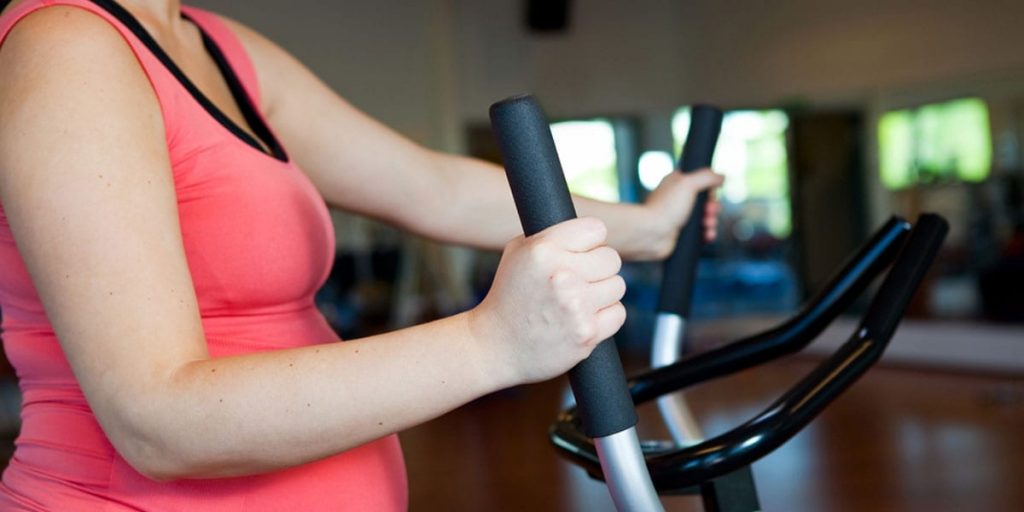IS IT SAFE FOR ME TO WORK DURING PREGNANCY?
Can you work during pregnancy? How long you can work for?
The answer depends on your health, the health of your baby and the type of work that you do.
If you’re a healthy woman having no pregnancy sickness and your job is important to you and does not involve direct exposure to harmful staff, you may be able to continue working until almost the first contraction, or as close to as possible. Actually for some, working while pregnant is a welcome way to wait out the nine months. A bit of a sincere advice… allow yourself a break. If you can afford to take a little time off before your due date, you may just want to take advantage of what will be your `last time alone` for quite a while. Consider using that time to rest, and get prepared for your new arrival.
Working during pregnancy may be a bit challenging. As your pregnancy progresses, daily routines such as sitting and standing can become uncomfortable. Learning how to stay safe and comfortable can help you have a healthy pregnancy at your workplace. These tactics will help:
1- Sitting positions
during pregnancy have an impact on your health, and also on your baby. That is why, sitting properly is one of the pregnancy habits that you need to develop attentively.
- Comfortable Chair: using an adjustable chair with good lower back support can make sitting much easier. If your chair isn’t adjustable, use a small pillow or cushion to provide extra support for your lower back.
- Don`t slouch: this sitting position is improper because it doesn`t keep your back straight. Your spinal cord is already taking the strain of your increased weight, slouching will only make matters worse. Sit up with your back straight and your shoulders back. Your buttocks should touch the back of your chair.
- Don`t sit with legs hanging: keep your hips and knees at a right angle (use a foot rest or stool if necessary). Your legs should not be crossed and your feet should be flat on the floor.
- Don’t sit in front of your computer for too long: Sitting for long periods of time can cause leg swelling and increase the risk of blood clots in your legs. It is imperative to get up and move at least once per 30 minutes. Moving around improves circulation, moving fluids out of the extremities and decreasing leg swelling. Don`t forget to do some stretching as well.
2- Standing up:
from a sitting position also needs special precautions to avoid adding more strain on your muscles and back. When standing up from the sitting position, move to the front of the seat of your chair. Stand up by straightening your legs. Avoid bending forward at your waist. Immediately stretch your back by doing 10 standing backbends.
3- Standing:
If your work necessitates standing for long periods of time, put one of your feet up on a footrest or low stool, and switch feet frequently. Avoid standing in the same position for a long time and take frequent breaks. Wear comfortable shoes with good arch support and try to avoid flat shoes. Keep your shoulder blades back and your chest forward.
4- Bending and lifting:
Even when you’re lifting something light, do it the right way to protect your already-strained back. To pick up an object that is lower than the level of your waist, keep your back straight and bend at your knees and hips. Do not bend forward at the waist with your knees straight. Keep the load close to your body, lifting with your legs, rather than your back. Don`t twist your body while lifting.
5- Driving to & from work:
Try putting a cushion, foam wedge or rolled-up jumper in the small of your back. Your knees should be at the same level or higher than your hips. Always wear both the lap and shoulder safety belts. Wear the shoulder portion positioned over the collarbone (between your neck and the top of your arm) and the lap portion placed under the abdomen and across the upper thighs, as low as possible on the hips — never above or over the belly. Keep the safety belt snug, and make sure the shoulder strap runs across your chest. Never place it behind your arm or your back.
More beneficial tactics:
Now and after a long tedious day at work, it always wise to keep up your body in a fit shape. Although exercise might be the last thing on your mind at the end of that long day, physical activity can help boost your energy levels, especially if you have been sitting all day at work. Take a walk after work or join a prenatal fitness class (provided that you have a green light from your trusted antenatal care provider)
One last sincere advice; hit the bed early. Aim for seven to nine hours of sleep every night. Resting on your left side will maximize blood flow to your baby and ease swelling. For added comfort, place pillows between your legs and under your belly.








